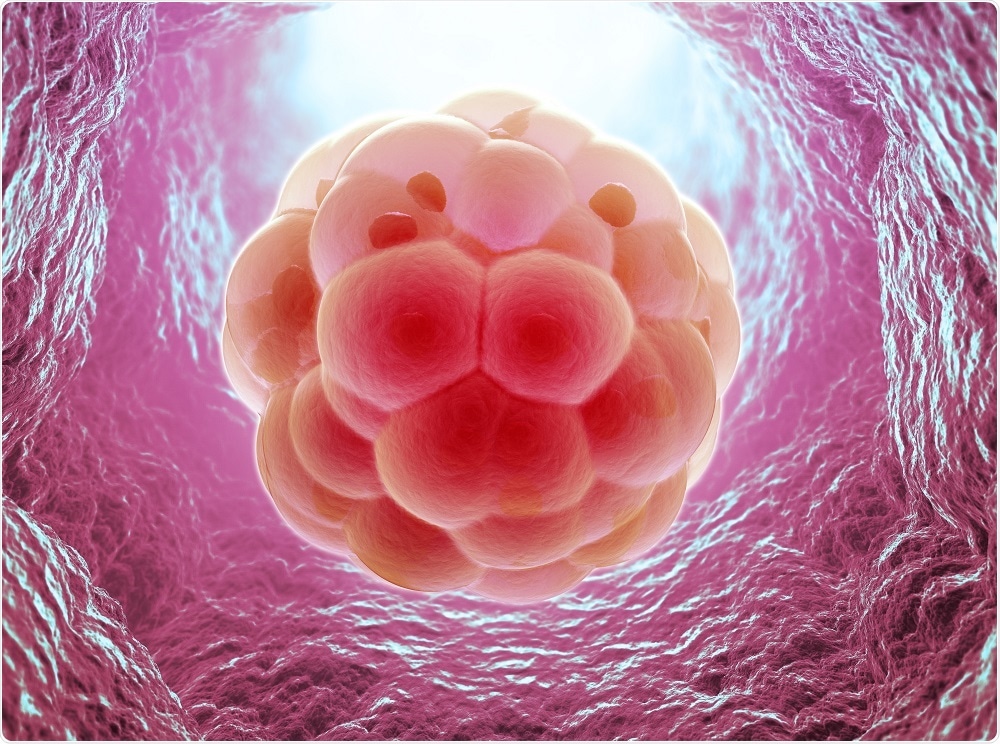Researchers from Newcastle University have made important discoveries about how stem cells move. The findings could improve scientists’ ability to grow stem cell colonies in the laboratory.
 Image Credit: Mopic / Shutterstock
Image Credit: Mopic / Shutterstock
Human stem cells are of significant interest to molecular biologists due to the “pluripotency” they possess, which is the ability to give rise to any specialist human cell type.
However, the cells are difficult to grow in culture and to address this, a team of mathematicians and stem cell biologists are developing mathematical models of the cells’ behavior, from a single or few stem cells up to colonies of thousands.
Now, mathematician Laura Wadkin and colleagues have shown that human embryonic stem cells move by traveling back and forth in a line and have shed light on how the cells interact with each other and their environment.
Wadkin says that initially, the cells appeared to move around aimlessly, but with closer scrutiny, subtle patterns could be seen.
On their own, the cells could be seen to shuffle along an almost straight line, often retracing their steps like ants along ant trails. When in pairs, the cells would each wander around, but stay within reach of one another.
In fact, we saw that they were often tethered to each other with a narrow link of cytoplasm, a bit like holding hands.”
Laura Wadkin, Lead Author
It is hoped that the information gained while studying how stem cells react can be incorporated into a computer model for predicting and potentially controling their evolution.
Study co-author Sirio Orozco-Fuentes says it is well known that stem cells are gregarious and prefer to huddle together and avoid differentiating into other cell types.
However, this is the first time this coordinated motion has been recorded and it may be a strategy to optimise the cells chances of locating other stem cells, while never straying too far from the path or their partner.”
Sirio Orozco-Fuentes, Co-Author
Gaining a better understanding of this process could help the team grow colonies of stem cells in the laboratory.